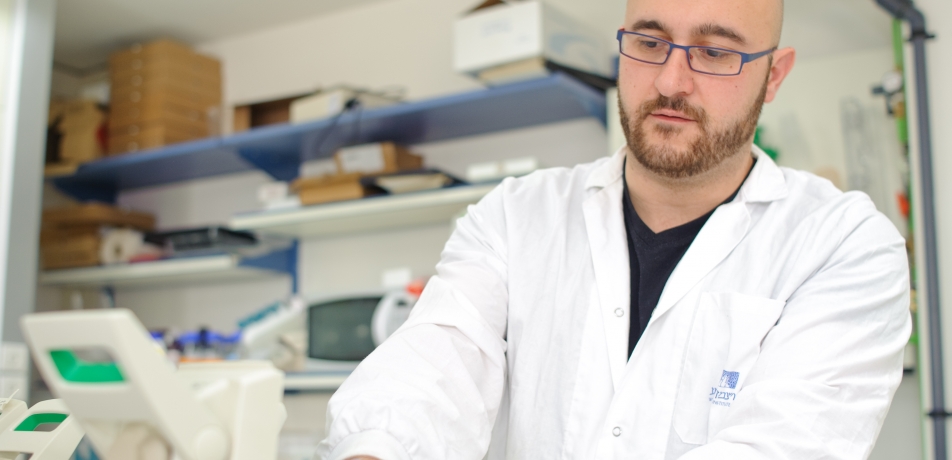
Scientists have been exploring the idea of growing organs outside the human body for transplantation procedures but nothing concrete has come yet. However, new research by a team from the Weizmann Institute shows that we may be drawing closer to that being possible.
The ability to culture organs in labs would make a whole lot of difference in medicine. It could make it possible to preserve millions of lives each year. Numerous people require transplantation but getting an organ is a problem.
Researchers led by Professor Jacob Hanna have now worked out a new method that allows the culturing of very early human stem cells, still in a previously impossible state. They were able to show that these cells can be created and successfully introduced into mice due to their “naïve” or undifferentiated state.
The stem cells developed by the team are significantly more superior. They can integrate more easily and effectively with the host environment.
Findings from this study were published in the broad-spectrum journal Cell Stem Cell.
Building on previous research
It was not the first time Hanna’s team tried something along this line. Eight years ago, they injected stem cells from humans into mice and showed that the cells integrated successfully into the growing embryos of the latter.
That research made Hanna’s lab the first to attempt the feat.
Normally, the cells do not differentiate very effectively due to both genetic and epigenetic instability. This makes them highly less useful for promoting good embryonic development.
The scientists believed they could go a step further on their earlier breakthrough research. This was why they set out to create more naïve stem cells in a much earlier state for comparable procedures. However, Hanna felt this would be very hard, if not impossible, to pull off.
The team proceeded to inhibit two extra signaling pathways. This resulted in naïve human stem cells that have a stable genome and fewer gene regulation anomalies. What was, perhaps, more interesting was that the cells were able to differentiate flawlessly.
In addition to inhibiting signaling pathways, the researchers mutated a key gene that plays a role in genome stability. The result was more competent and viable stem cells capable of effective integration without harming the host.
Culturing organs for transplantation
Findings from this study suggest that cross-species organ cultivation might become possible in the near future. Entire human organs might be grown in labs for transplantation purposes.
The earlier study revealed that naïve human stem cells can transform into primordial germ cells – that is, germline stem cells that turn into gametes (egg or sperm cells). As for the current study, it shows that the fully naïve cells created can differentiate into extraembryonic tissues, such as the yolk sac and placenta.
The import of this is that the cells could be used for synthetic embryo development without requiring donor eggs. According to Hanna, it would be difficult getting to this state with stem cells in mice.
It is critical to understand the differences in behavior between human and mouse stem cells, said Hanna. Differences between naïve cell states also need to be understood before cultivating organs for transplantation can become a reality.
“If in the future we should wish to grow a pancreas in pigs for human transplantation, for example, we will have to take into account these massive evolutionary differences between species, beginning with mice and humans,” Hanna said.
The study presents a protocol for enhancing the efficiency with which naïve stem cells can integrate. This could prove quite helpful for studying them and how they could be used for cell or organ transplantation in the future.
